Older asset-rich Australians in the firing line for taxing challenge
The Albanese government has no mandate to raise taxes, but it must craft one.
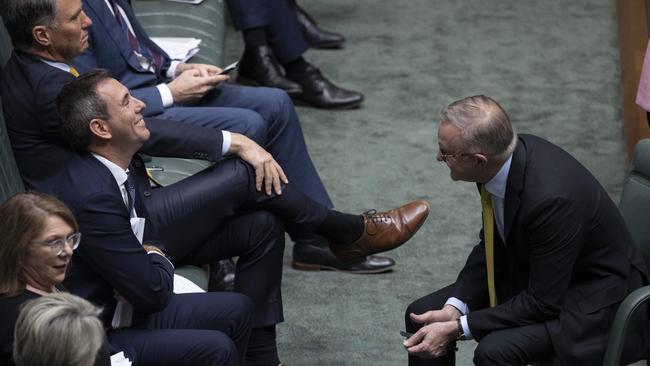
This year’s election recklessly skirted the fundamental issue of how to pay for Canberra’s bipartisan compact: to succour an ageing population, deal with a geostrategic miasma, service debt after a pandemic binge, make more things here, pull off decarbonisation and keep a life-changing disability scheme from imploding.
The campaign’s policy void betrayed a homegrown cargo cult: in the misty out years, superior growth and productivity would be dispensed from above the clouds to make evil deficits disappear.
There’s been some truth-telling since May. People who claim growth and spending cuts, as necessary as they will be, are sufficient to fixing the budget are likely to be spectators in the main arena. We need to talk about tax.
In a prepared statement to the Senate this week, Treasury secretary Steven Kennedy outlined a path to “rebuilding fiscal buffers”. He welcomed the Albanese government’s return of much of the upgrade in tax receipts to the bottom line and its “constrained spending, significantly lowering near-term deficits and debt”.
If we get more tax receipts, it would be “prudent to take the same approach”, Kennedy informed the budget estimates hearing. “However, beyond the near-term, the budget pressures are more profound and will likely require a combination of spending restraint and increases in taxes to reduce deficits and lower debt,” he said.
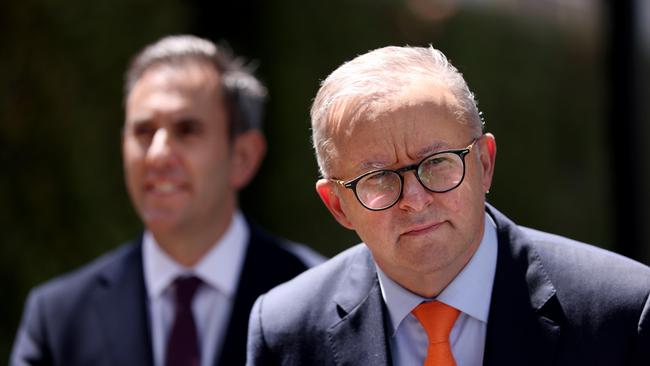
Jim Chalmers is on the same page, adding “reform” to the mix, while ruling out avenues to raise taxes, including the GST. Closing loopholes for multinationals and extending compliance programs for locals is fine. But it’s small beer. The fiscal strategy needs more meat on the bones.
At last week’s Economic and Social Outlook Conference, hosted by The Australian and Melbourne Institute, the Treasurer vowed to target the cost-effectiveness of tax concessions. How could he not? The dollars are huge, at about $200bn a year, or 8 per cent of gross domestic product. The budget papers note “tax expenditures” are tricky; fiddling with them changes taxpayers’ behaviour. For instance, Treasury calculates the revenue forgone each year from the family home’s exemption from capital gains tax ($33.5bn) and the pension asset test ($29bn). But abolishing the concession would not translate into an equal gain to the budget.
The government will soon publish an enhanced tax expenditures statement, showing their cost and who benefits. Chalmers will use the fresh evidence to lead the conversation about whether we can afford them.
The idea of trimming superannuation tax breaks for the very wealthy was floated by Assistant Treasurer Stephen Jones. He said 32 self-managed super funds had more than $100m in assets, with the largest valued at more than $400m. Asset management firm Mercer estimates the tax concessions on a single $10m SMSF could support 3.1 age pensions.
These are lurid examples, but cover few taxpayers. The industry is comfortable with a discussion on tax breaks for the super-wealthy, drawing a line at balances of $5m, with about 11,000 people above that. Dropping the cap to $2m would affect 80,000 people and, according to the Grattan Institute, would save the budget $2.8bn a year.
The salient issue for super concessions is lifetime tax-free status on investment earnings Peter Costello gave retirees in 2006. They cost $26.4bn a year, or about 1 per cent of GDP. Across the next 40 years, Treasury estimates their real cost will double.
Concessions on employer and personal super contributions cost the budget $23.2bn a year, but as a proportion of the economy are not expected to rise, according to the Intergenerational Report. Labor’s hitch on budget repair, like the overreach in its workplace relation bill, is it did not prepare the electorate for the taxing challenge ahead. In fact, it ruled out changes on super, as the Opposition is gleefully reminding us.
In 2016 Scott Morrison, the treasurer at the time, put a $1.6m cap (now $1.7m) on the tax-free amount people could have in pension accounts and cut from $180,000 to $100,000 (now $110,000) annual non-concessional super contributions. His star shines in Treasury as a staunch revenue saviour, especially brave as it was a poke in the eye to the Liberal base.
With a 3.5 per cent jobless rate and bumper export prices (historically high compared with imports), it’s dispiriting to confront a decade-long $50bn budget deficit.
In his prepared text at Senate estimates, read by a Treasury colleague, Kennedy noted Australia was fortunate to begin fiscal repair with a relatively lower level of debt than in many countries. But difficult decisions lay ahead: “I am hopeful that having so fulsomely laid out the fiscal challenges in this budget, the subsequent policy debate will be productive, considered and understanding of the need for trade-offs.”
Taxing is an art. The guiding principles are simplicity, efficiency, fairness and sustainability. It’s a delicate matrix, where you never reach policy nirvana, but the evidence is in front of us about how to improve the system.
Raising more from income tax on individuals and companies is not the way to go. It invites tax planning, already a national obsession. Two-thirds of all revenue comes from those sources, pretty much the highest income-tax burden among rich countries. The OECD advises a greater reliance on land tax would ease the burden on ordinary workers.
A report by the Australian National University’s Trevor Rose and Robert Breunig, published in July, examined eight revenue options to reduce debt over 33, 20 and 10 years, taking into account economic efficiency, equity and simplicity. They found a federal land tax on unimproved land value, set at a rate of 0.1 per cent over 33 years, was the best option.
As well, Rose and Breunig recommended three alternatives: including the principal residence in the pension assets test, introducing an inheritance tax, and reducing the capital gains tax exemption for the principal residence. The ANU authors concluded reducing the CGT discount on other assets and increasing the rate of the GST were reasonable options but rejected increasing personal income tax and corporate income tax. Even though all measures could do the job over the medium to long term, and most over the short term, or used in combination to address the debt, they said “a single dedicated revenue-raising option is more politically feasible than any scattered combination”.
A federal land tax is not unprecedented. The federal government imposed one in 1910 and removed it in 1952. Its primary functions, Rose and Breunig noted, were to encourage more efficient use of land and to serve as a quasi-wealth tax.
“Government responses to COVID-19 disproportionately benefited older Australians and Australians who own assets,” they said. “Most of the reduced mortality generated by lockdowns and economic restrictions occurred at older ages. The benefits of surging house and other asset prices generated by government policy have accrued primarily to wealthier and typically older Australians. It seems fair that those who benefited most should pay most for the induced debt.
“This suggests that older and asset-rich Australians do their part to pay down the debt and that the burden on younger people should be smaller. In terms of income and job loss and reduced opportunities for human capital accumulation, younger people were, and remain, victims of COVID-19 policy.
“Under current tax system settings, they will disproportionably bear the burden of future debt repayment. One massive and growing weakness of the Australian tax system is that it does a good job of taxing income but a poor job of taxing wealth.”
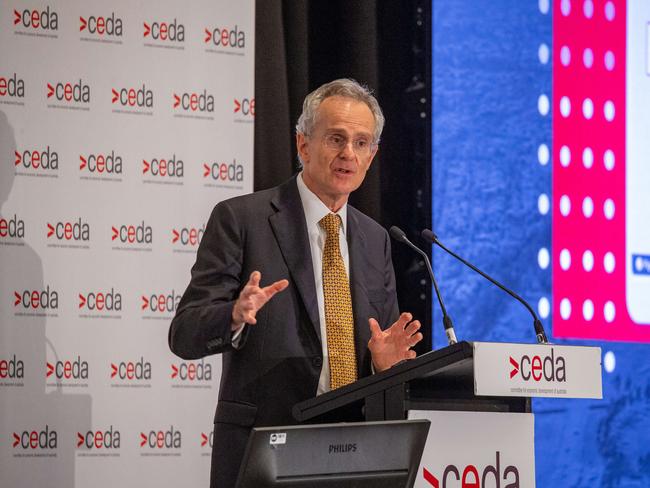
Ahead of last month’s budget, former competition watchdog Rod Sims said Australia needed higher taxation to fund community preferences, to make the carbon transition and to rebuild fiscal buffers to cope with the next shock. “Only by raising taxes will we get our debt and deficit under control,” he told The Australia Institute event.
Sims argued personal and corporate income tax was “maxed out”. He proposed five areas to focus on: stop transfer mispricing, where companies fudge obligations on inbound loans and outbound commodities; raise more revenue from energy and mining companies; impose a carbon tax; have all states and territories introduce a broadly based tax on land and replace stamp duty; and introduce a new way of paying for roads.
“I think many good ideas are put to the community without sufficient explanation and dwell time so that the arguments can be sensibly weighed,” Sims said.
“Ideas are often mentioned, there is an instant negative reaction, and so the ideas are dropped. Public policy change requires a serious investment from politicians and others.”
Anthony Albanese declares a new era of adult government is here. It’s certainly “issues-rich”, as they say at the lobbyists’ trough. We’re about to learn how able he and his Treasurer are at leading debate about the fairness and fitness of taxing, creating consensus not rancour, and showing courage amid the political tumult to come.


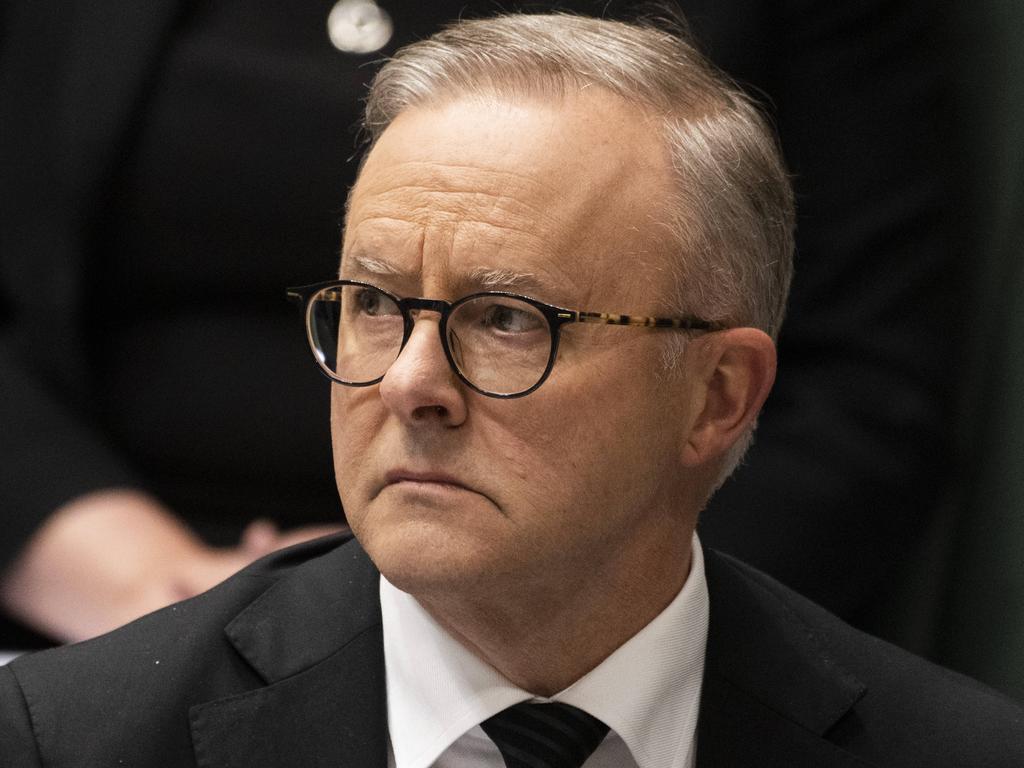
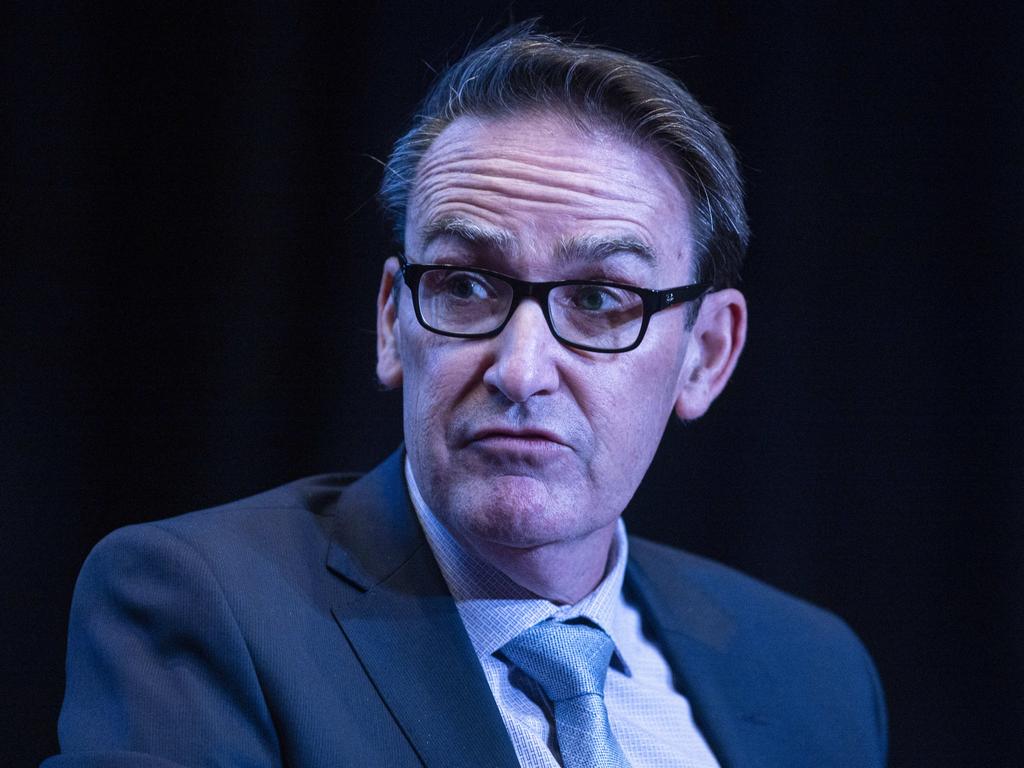
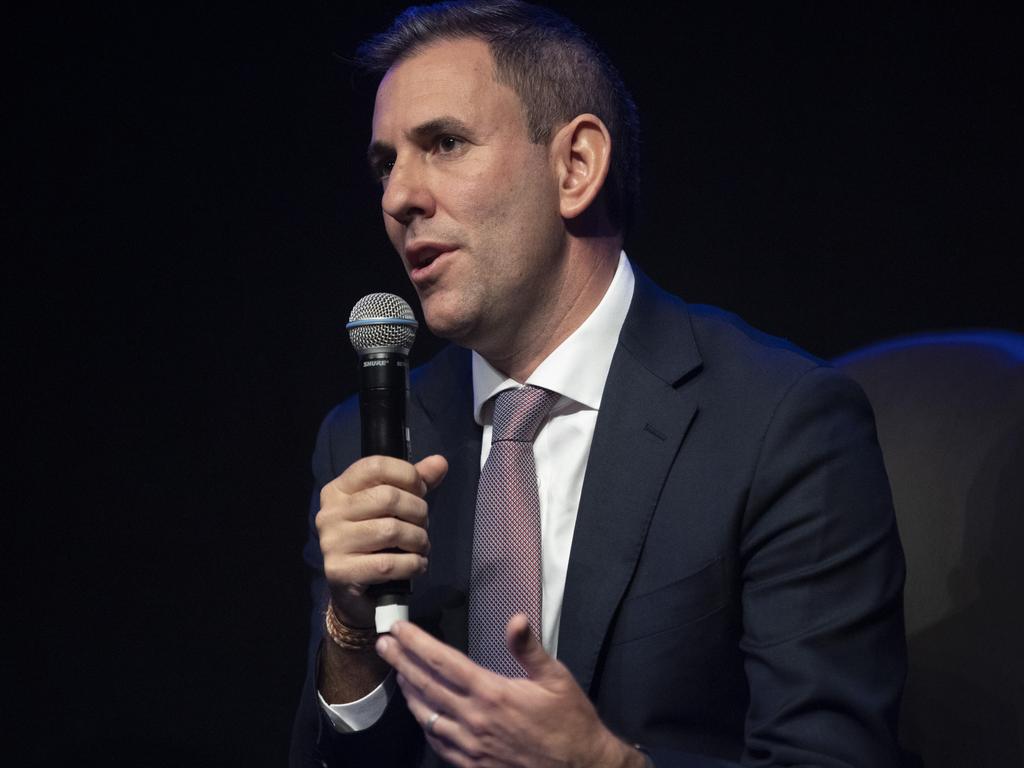


There’s a lot going on in policy land, especially with the vogue for intervention. In case you missed it, the fuse has been lit on tax. As a nation, we’re going to pay more – it’s simply a matter of how much more, by whom, and when.